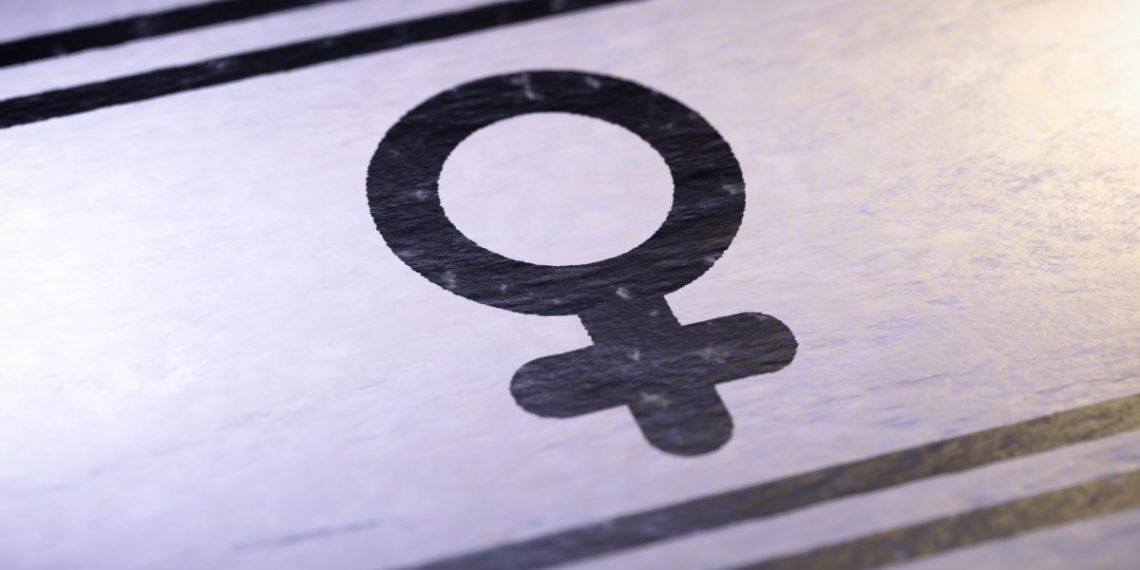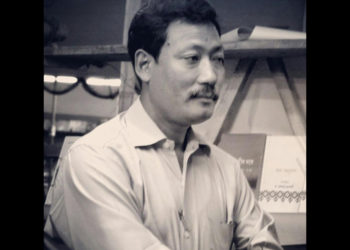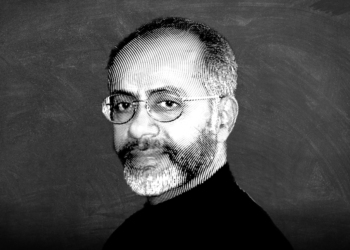
The age of marriage for women has now been increased from 18 to 21, which has come to be seen as a ‘progressive’ move for women announced in the Parliament ahead of the Assembly elections in 2022.
The introduction of the Prohibition of Child Marriage (Amendment) Bill, 2021 in Parliament was faced with opposition — with the demand that it be referred to a parliamentary panel for greater scrutiny. The bill also seeks to amend the personal laws that govern marriage in India. This may pave the way to expedite the process to bring in a law that implements the Uniform Civil Code. The promise of the Uniform Civil Code is offered as a solution to eliminate wrong and ‘barbaric’ customs against minority women, particularly in a communally vitiated political atmosphere.
The Bill introduced in Parliament states in its Objectives and Reasons that:
…the Prohibition of Child Marriage Act, 2006, [is] to prohibit solemnisation of child marriages, but this highly pernicious practice is still not completely eradicated from our society.
A UNICEF Report suggests that each year, at least 1.5 million girls under 18 get married in India, which makes India home to the largest number of child brides in the world – accounting for a third of the global total. Nearly 16 per cent of adolescent girls aged 15-19 are currently married. Addressing this deep-rooted structural problem by postponing the legal marriageable age for women is like putting a band aid on a bullet hole. The bill admits that:
Women are often put to disadvantageous position in regard to higher education, vocational instruction, attainment of psychological maturity and skill-sets, etc. Entering into employment sphere and being part of the work force to make themselves self dependent before girls getting married is a critical area. These disadvantages perpetuate dependence of women on men.
But why are women in such a disadvantageous position? How has the state reinforced such conditions that perpetuates women’s dependence on men? Addressing the age of marriage doesn’t even move an inch closer to solving the real problems — that hinder women’s choices in real life, their freedom and liberties, their agency — to choose, for instance, who to marry and when. It is well known that patterns of women’s lives are not based on their consent; they are pre-determined by restrictive patriarchal structures manifested in familial customs. Of the many forms of disadvantages faced by the women is their right to make life choices and freely express themselves, whether inside and outside of homes. Even today, women lack the power and autonomy to make their voices count in their homes. And this, in spite of gaining access to different public spaces.
In public spaces, a range of issues leads to early marriage. These include the growing number of girls dropping out of schools, especially in higher education, owing to lack of infrastructure like toilets, prevalence of sexual harassment, or poverty. Marrying girls at an early age to save on dowry price, and protect them from sexual violence, is a common practice. Marriage and chastity are closely tied, and this tie manifests itself in notions of purity and the honour of the family. When women do exercise their choice — if they choose to defy communal customs by marrying outside of their religion, clan or caste — the couple has to face the wrath of honour killings. These killings are grossly underreported despite being covered by the news outlets.
These deep-rooted social norms that perpetuate gender and caste hierarchies cannot be addressed with a punitive policy. Criminalizing early marriage through the Prohibition of Child Marriage Act, 2006 did not solve the problem of child marriage. In fact, it continues to demand immediate attention from the state and civil society. How will raising the minimum age of marriage help without criminalising the poorer sections? Moreover, if the state begins to interfere — just like the restrictive family — in domains such as age of marriage, marriage across faith, choosing to practice and profess religions, it may add a threat to our personal liberties and choices.




